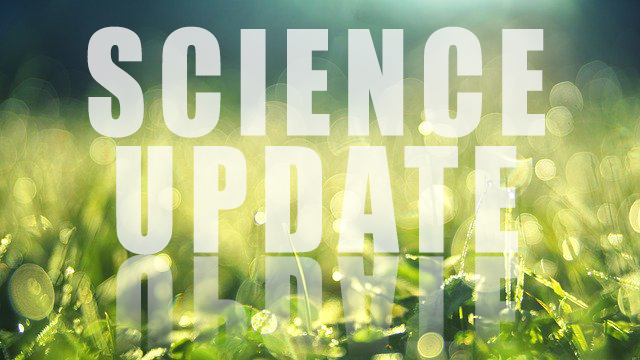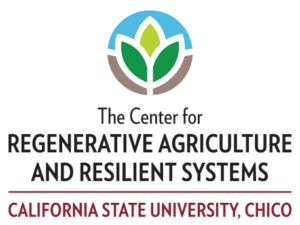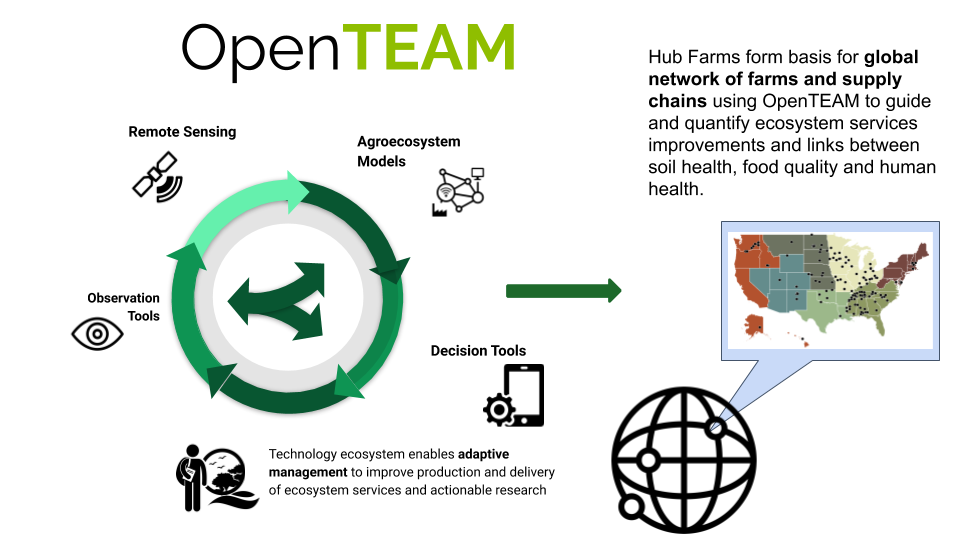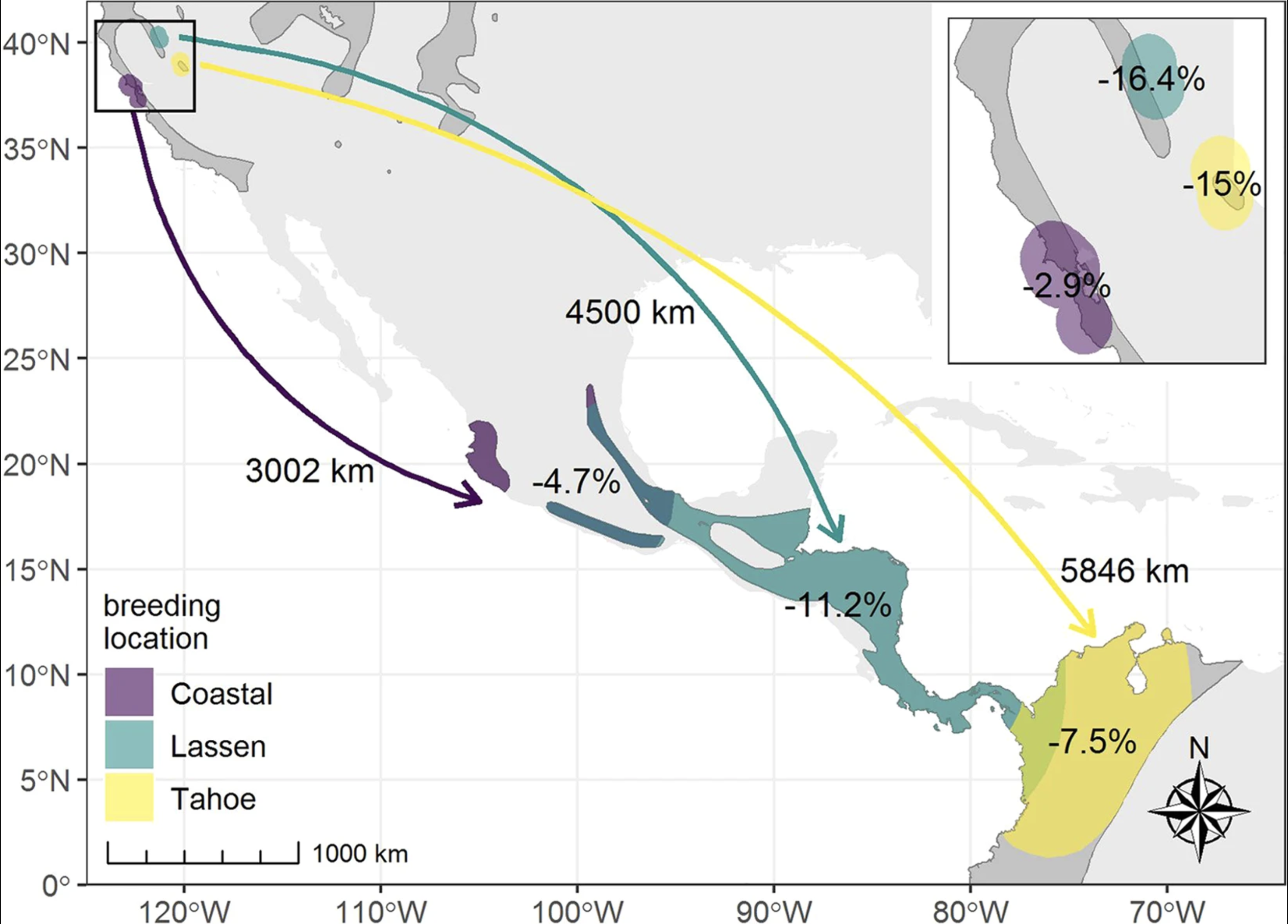Science at TomKat Ranch: An Update

By: William Milliot
For many practitioners, regenerative agriculture is a hands-in-the-dirt affair. They study soil conditions by picking it up in their hands and smelling it for biological activity, or pulling off a blade of grass and chewing it to gauge sugar content. They decide critical factors like stocking rates, rest time for plant recovery, or paddock size relative to potential forage based on time-tested ‘guesstimates.’ And, if they’re doing it right, they grow a productive and resilient relationship with their land built on personal and intuitive interplay that’s as genuine as any ever-evolving love affair.
But that doesn’t mean there’s no place for in-depth and rigorous science in this intimate relationship. Even the most experienced rancher will admit there are plenty of mysteries lurking in the depths of their pastures and are always open to support in finding direction. That’s why we’re happy to team up with other science organizations and institutions that support the kind of research that can bring answers and guidance to land/manager partnerships.
Unfortunately, the COVID-19 epidemic has made in-person gatherings to foster these networks impossible. That didn’t, however, discourage the multitalented team at The Center for Regenerative Agriculture and Resilient Systems, CSU, Chico, their Director, Cynthia A. Daley, PhD., and members of TomKat Ranch who managed to improvise a solution to great effect.
 On April 2 and 3, we co-hosted the first Regenerative Agriculture Science Convening with more than 100 people participating via teleconference. The goal was to bring together members of the scientific and farming/ranching communities to discuss effective strategies to achieve greater rates of producer adoption.
On April 2 and 3, we co-hosted the first Regenerative Agriculture Science Convening with more than 100 people participating via teleconference. The goal was to bring together members of the scientific and farming/ranching communities to discuss effective strategies to achieve greater rates of producer adoption.
The teleconference was divided into two parts, a morning and afternoon session. The morning offered researcher presentations from invited notables in the field of regenerative agriculture such as Dr. David Johnson, William Burnidge, Scott Park, Park Farming, Dr. Jonathan Lundgren, and Peter Byck.
The afternoon was organized into break-out focus groups. Eight groups were convened in separate virtual rooms and each assigned a predetermined ‘barrier to adoption’ to overcome. The goal for each group was to identify a project, program, initiative, or tangible plan to solve their respective challenge. Currently, Dr. Daley is summarizing and organizing the actionable items for a final report and we look forward to her conclusions.
On the subject of relationships, not all have to be as close and personal as the ‘community of intimacy’ that is the rancher to their land and livestock. Others can be simple, professional alliances between organizations with shared goals. At TomKat Ranch, along with Point Blue Conservation Science, we’ve started exploring a partnership with OpenTEAM (or Open Technology Ecosystem for Agricultural Management), a “farmer-driven, interoperable platform” that provides farmers around the world with the best possible data-driven soil information to help improve their operations.
Find out more at www.wolfesneck.org/openteam/

But, science doesn’t have to be all business and serious. Nerd Night, for instance, is a yearly event held at TomKat Ranch and hosted by some of the scientists at Point Blue. Nerd Night invites non-scientists to join in on a fun-filled evening where Point Blue’s datasets, surveys, and findings are presented as games and hands-on experiments. This year was focused around the California Department of Food and Agriculture’s Healthy Soils Program (which you can also read about here) and the wonder of life belowground.
Speaking of Point Blue, their scientists have recently published two new papers that can further serve land managers in their efforts to nurture their relationship with the land. The first article, Soil Carbon Science for Policy and Practice – states this: “Given the positive effects of soil carbon on erosion resistance, aeration, water availability and nutrient provision…rebuilding soil carbon is thus the foundation for many soil health initiatives.” In other words, the benefits of building soil carbon are known and confirmed, so let’s get it done.

The other published paper is a migratory bird study titled (take a deep breath) Migration Tracking Reveals Geographic Variation In The Vulnerability Of A Nearcticneotropical Migrant Bird. A mouthful of a title to be sure, but this thorough scientific study of the Swainson’s Thrush as they migrate from California to wintering grounds in Central and South America is sure to impress as well as inform. The researchers involved used data from light-level geolocator and GPS tags applied during bird banding efforts, some right on TomKat Ranch. The report presents some disturbing findings with regard to habitat loss but provides hard evidence that conservation efforts can make all the difference in the world for these feathered friends – the bellwethers of ecological collapse.
At the end of the day, regenerative land management and conservation should be a love affair with planet Earth. Like any highly charged relationship that affair can be messy, fraught with uncertainty, and challenged by miscommunication. On the other hand, it can also be a rewarding and satisfying experience provided decisions are focused on a shared goal to benefit and nurture the earth.
Science plays the role of providing feedback and direction and helping unravel the subtle cues of a landscape. Such information can lead to shared understanding and better communication to empower ranchers to effectively care for the land that supports us all through the healthy air, water, soil, and food it provides.